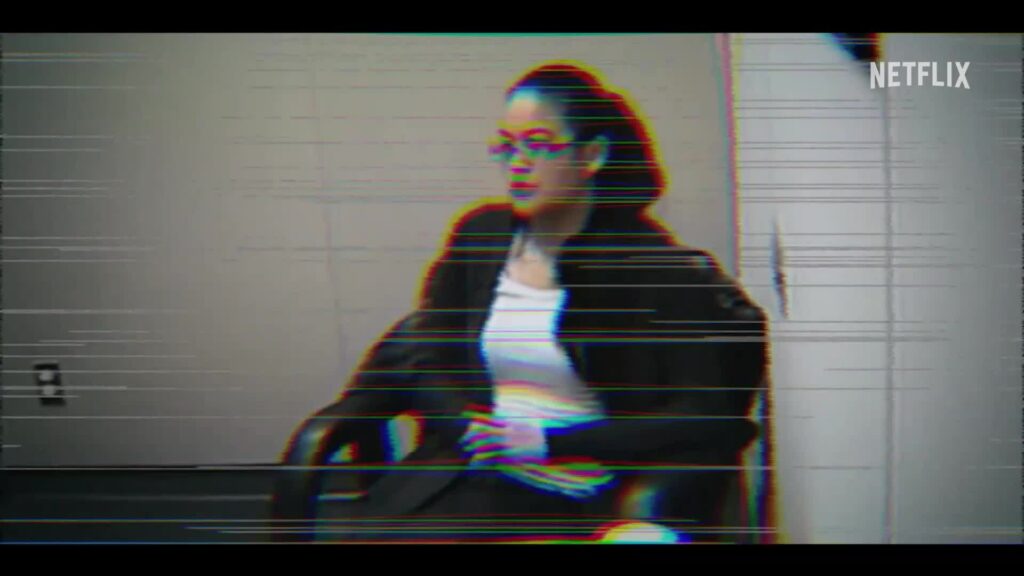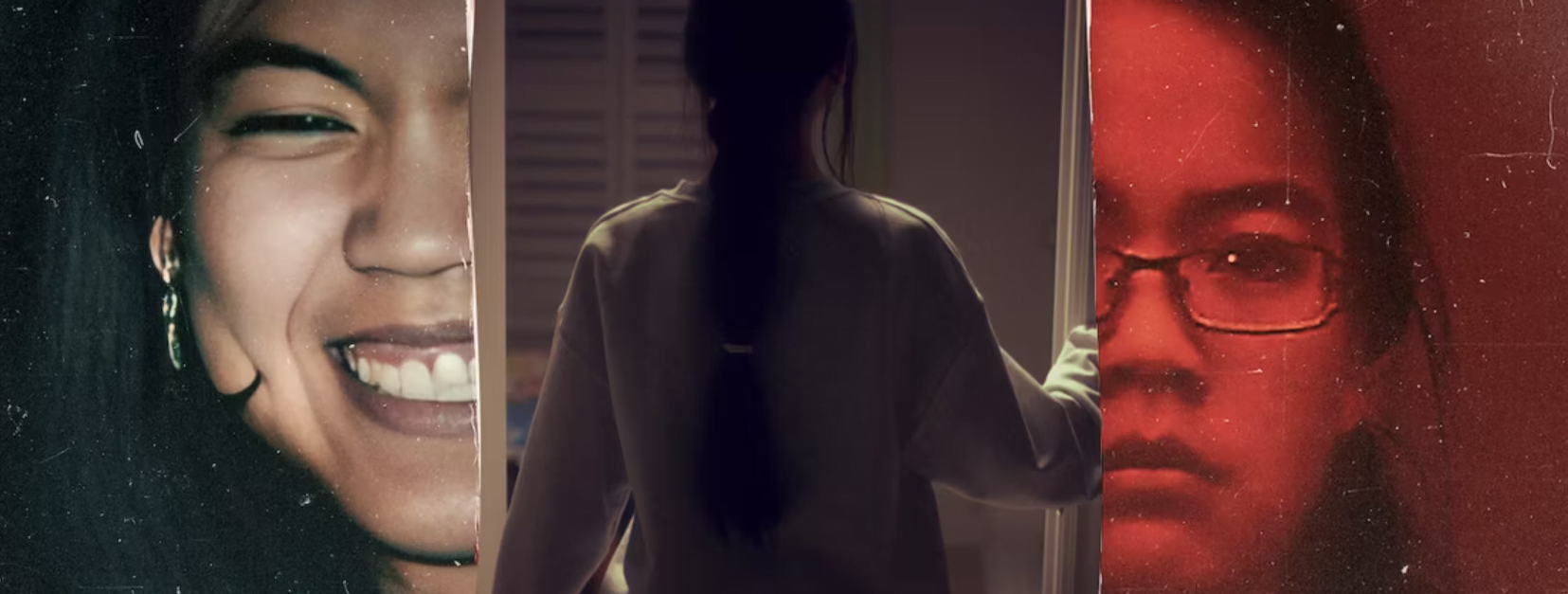Spoilers Ahead!
From sensational tabloid fodder to true crime staple, children who kill parents occupy a special and privileged place on prime-time television and OTT platforms. True crime parricide garners unceasing media attention and kindles a peculiar fascination in the public imagination as it signals a perversion of the fundamental human bond between parents and children, the very definition of family. Television series with titles like Killer Kids, When Kids Kill, Deadliest Kids, Monsters et al speak to the morbid curiosity of an audience looking for a freak show.
Some of these parricide cases have achieved mythical notoriety and bad fame; for instance, the case of the Menendez Brothers in America. Lyle and Erik Menendez shot both their father Jose and mother Kitty Menendez to death inside their Beverly Hills mansion in 1996. They then went to a theatre and watched a film.
The crime has spawned a franchise of television series, documentary films, and feature films, including Netflix’s Monsters: The Lyle and Erik Menendez Story (2024). I Just Killed My Dad (Netflix, 2022), Till Murder Do Us Part (Netflix, 2023), and The Prison Confessions of Gypsy Rose Blanchard (Lifetime TV, 2024) are recent true crime documentaries that document some of the more morbid parricide cases.
Peter Jackson’s classic cult film Heavenly Creatures (1994) is based on the 1954 Parker-Hulme case in New Zealand, where the sixteen-year-old Pauline Parker and the fifteen-year-old Julie Hulme bludgeoned Parker’s mother Honorah Rieper to death so they could stay together.
The scientific literature on children who kill their biological or adoptive parents, identify the perpetrators as overwhelmingly male. But the horror of parricide appears greater when perpetrated by daughters as opposed to sons if we are to go by how such stories are culturally received.
Crimes perpetrated by women and children indeed appear more monstrous under public scrutiny, perhaps due to cultural myths about the “essential” nature of girls and women as submissive, subservient, and averse to aggression and violence. Women and girl killers walk a tightrope where murder is not merely an act of terminal violence, shocking and distressing in and of itself, but also a gratuitous stain on the gendered embodiment of received notions of “femininity” itself.
What Jennifer Did: Immigrant dream turned nightmare
The new documentary What Jennifer Did (Netflix, 2024) directed by the British documentary filmmaker Jenny Popplewell (American Murder: The Family Next Door, Netflix, 2020) is based on the Canadian crime reporter Jeremy Grimaldi’s book A Daughter’s Deadly Deception: The Jennifer Pan Story (2016).
Jennifer Pan made headlines in North America as the twenty-something daughter who hired hitmen to murder her parents in their home in Markham, Ontario in a staged home invasion on November 8, 2010. Her mother, shot multiple times in the head, was killed at the scene; her father, shot in the face, survived the hit. While the film sidesteps the sensational book title, instead opting for a phrase spoken by her father to Detective David McDonald, “Use your police techniques to find out what Jennifer did,” the film’s emphasis is on the deception, or as the lead detective Bill Courtice says “lie, lie, lie.”
Jennifer Pan was the eldest child of two refugees from Vietnam who immigrated to Canada separately in the 1970s, and then met and married in Toronto. Huei Hann Pan, Jennifer’s father, was a machinist in a car manufacturing plant; Bich (pronounced Bick) Pan, her mother, assembled car parts in the same company. Jennifer’s younger brother Felix studied Mechanical Engineering at McMaster University in nearby Hamilton, Ontario. Jennifer lived with her parents in their modest but upscale home in the relatively affluent neighbourhood of Markham in the city of York, a suburb of Toronto.
Though arriving as refugees, both parents had done well by themselves through hard work and effort; they drove a Mercedes and a Lexus. It is the immigrant dream. During the interviews, it was revealed that Jennifer had an almost Olympic-level budding career as a figure skater until a knee injury put an end to that aspiration. Jennifer was also an aspiring child pianist; Fernando Baldassini, her childhood piano teacher interviewed in the film, speaks with great admiration and disbelief for his talented pupil whose life had gone wrong. Jennifer also played the flute, swam, and practiced Chinese martial arts. By all accounts, she appeared to have a bright future.
The three interviews, and the unraveling of a murderer
The film centres on the three interviews that the lead detectives do with Jennifer Pan with each successive interview unravelling the tangle of lies that made up Jennifer’s life. The opening pre-credit segment frames Jennifer’s first interview with the detective asking her to recall the incidents of the night.

Jennifer Pan was 24 at the time of the murders. Tall and skinny, with plain spectacles, long, unstyled hair, and dressed in sweats, she looks like an emaciated teenager trying to make herself even smaller and disappear inside the interrogation room.
Throughout the film, Popplewell cuts Jennifer’s interview/interrogation with investigator commentary, and short interviews with Jennifer’s ex-boyfriend Daniel Wong, other friends, and acquaintances. These interviews reveal certain facts about the Pan family, but they do not help us understand Jennifer Pan as a killer.
The interviews reveal a structured interrogation technique: Jennifer minimises herself with her back against the wall in the tiny interview room, while the detectives are courteous, firm, trustworthy, and alternately friendly and fear-inducing. The real-time footage reveals Jennifer’s attempts to present herself as a grieving daughter while admitting the intimate details of her volatile relationship with her parents. The interviews reveal the real-time construction of the “motive” behind the attack by using Jennifer’s words against herself.
With both professional figure skating and being an amateur or concert pianist out of her reach, Jennifer’s parents expected her to be a straight-A student. There was so much expectation, Jennifer said during the interview. Jennifer was a ‘B‘ student, a respectable grade for most people, but disapproved in the Pan household. To hide what she believed was her poor academic performance, from high school onwards, Jennifer began doctoring her report cards.
Jennifer faked her high school graduation certificate (she had failed Calculus in her senior year), and later created fake acceptance letters from Ryerson University, a fake scholarship offer from Ryerson, and later fake transfer letters to the University of Toronto’s Pharmacology program, all to please her parents, she says.
Her boyfriend at the time Daniel Wong helped her obtain the fake certificates. Jennifer also hid her boyfriend whom she dated for eight years from her parents as they disapproved of her having a boyfriend, or going out for dances, parties, sleepovers, or any of the usual activities favoured by Canadian teenagers. She admits that she lied to her parents about rooming with a friend while staying with her boyfriend’s family. Her lies were exposed when the friend accidentally slipped up and revealed to her parents that Jennifer did not live with her. Her parents put her under a form of house arrest and told her to choose them, or the boyfriend whom they disapproved of because of a drug conviction.
Jennifer’s initial persona of a grieving daughter rested on the fact that she “chose” them over her boyfriend. However, it is revealed that the two planned the murder together, framed as a fake home invasion with three contracted career criminals. The prosecution alleges the motive was to secure Jennifer’s inheritance as well as for Jennifer and Daniel to build a life together.
Indeed, western media has characterised “what Jennifer did” as the disastrous outcome of a culture conflict: immigrant parents holding on to a set of home country values and ideas of parenting, and first-generation hyphenated identity children (Canadian-Vietnamese) revolting against excessive parental control of their lives.
A cipher in intersectional crosshair
Hann Pan, out of his coma, had told the detectives that Jennifer appeared to be friendly with the assailants during the staged home invasion. In her final interview, Jennifer tells Detective Goetz that she had contracted the killers and let them enter the house to kill her and not her parents. She could not die of suicide, so she wanted them to kill her, but they had misunderstood her directions.

Jennifer, Daniel, and the three men were sentenced to life without parole for 25 years for first-degree murder and attempted murder. The film ends by noting that in 2023, the first-degree murder conviction was overturned by an appeals court and that Jennifer Pan has maintained her innocence.
True crime documentaries set in immigrant communities cannot help but become moral fables about cultural differences gone awry. Children who kill their parents are often grouped according to three factors: prolonged parental abuse, mental illness, or anti-social children. Does Jennifer Pan fit these categories? The film does not explore this question. Essentially a cipher, however, Jennifer wears her intersectional burdens explicitly: woman, and daughter of Vietnamese Asian “Tiger parents.”




